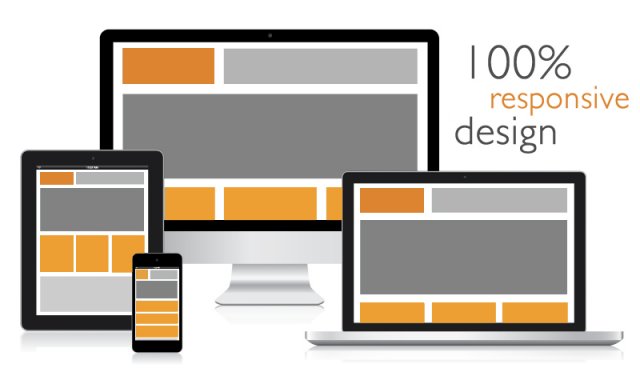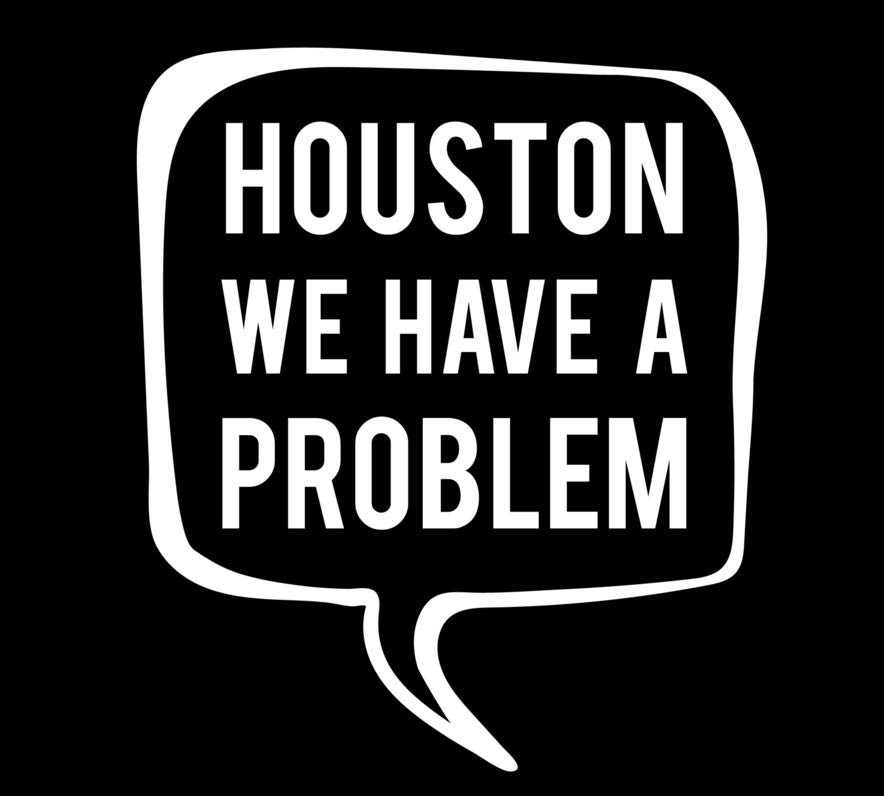05 Oct

[vc_row][vc_column width=”1/1″][vc_column_text]
Introduction
A website is a reflection of the brand or company that it represents. With that being said you would be surprised how many companies completely neglect the simple (but vital) things on their websites.
Due to the current circumstances more and, more companies are having to find ways to pivot and move towards a more digital strategy. For a lot of companies, this has involved putting some much needed TLC into their website.
If you have a website here are 5 reasons that your website might need updating:
1. It is not responsive

Responsive Web Design involves changing a site’s appearance based on the screen size and orientation of the device (that the site is being viewed on).
In the past, all sites were created with only desktop devices in mind however according to this report, mobile devices now account for around half of the worldwide web traffic. This means that having a responsive design should now be a vital component of any website. A user should be able to have a great experience no matter if they are using a mobile, a laptop or a tablet.
Another reason to ensure a site is responsive is that a site’s Google Ranking will be penalised if the site is flagged as not being responsive.
2. You do not currently have a Cookie Policy

Unless you live under a rock you will definitely have come across a cookie consent form at some point during your travels across the internet. They are normally super frustrating however are extremely necessary if you want to avoid potential fines.
“Cookie consent is one of the cornerstones of the EU’s General Data Protection Regulation. It’s the way websites ensure legal processing of personal data from their users”.
This means that all sites that could potentially be used by clients in the EU must ensure that they are complying GDPR. This involves allowing users to choose which cookies will be saved on their machine.
From the 25th of May 2018, If you don’t have cookie policy you could potentially be fined up to €20 million (about £18 million) or 4% of annual global turnover (ouch!).
3. You can’t make updates to the site easily
If you are not able to make simple changes without having to pay a developer then…

Having a Content Management System (CMS) that allows you to make changes on your site without needing to have programming knowledge is vital. A CMS can make tasks like setting up analytics, search engine optimisation (SEO), adding 3rd party plugins (such as live chat), etc a lot easier to set up and maintain.
No matter how big or small a website is, it is recommended to have some form of CMS.
4. Long loading times

It has been found that 47% of consumers expect a web page to load in 2 seconds or less and 40% of people abandon a website that takes more than 3 seconds to load. There are a number of factors that have a bearing on how quickly a website loads (such as the number of images on a page, image sizes, number of network requests, etc) but if you want to increase user engagement and lower your bounce rate this is definitely not something that can be ignored.
You can use the following tool here to check how quickly your site loads on mobile and desktop.
5. Your site is not secure

If securing your site was not a high priority on your list of things to do I would suggest readjusting the list. First impressions are everything when it comes to a website, if a user does not feel like a site is trustworthy they won’t stick around.
Having a site that is unsecured can have the following disadvantages:
- They are downranked by Google (meaning your site won’t be one of the top results in Google searches
- It is possible to steal confidential information (such as payment details) from your site.
- The site is marked as insecure by the browser and a user will receive a warning before they access the site
[/vc_column_text][/vc_column][/vc_row]






Recent Comments
Interdum luctus accu samus habitant error nostra nostrum
Lance BogrolDoloremque velit sapien labore eius lopren itna
Lance BogrolInterdum luctus accu samus habitant error nostra nostrum
Fletch SkinnerInterdum luctus accu samus habitant error nostra nostrum
Chauffina CarrDoloremque velit sapien labore eius lopren itna
Hans Down